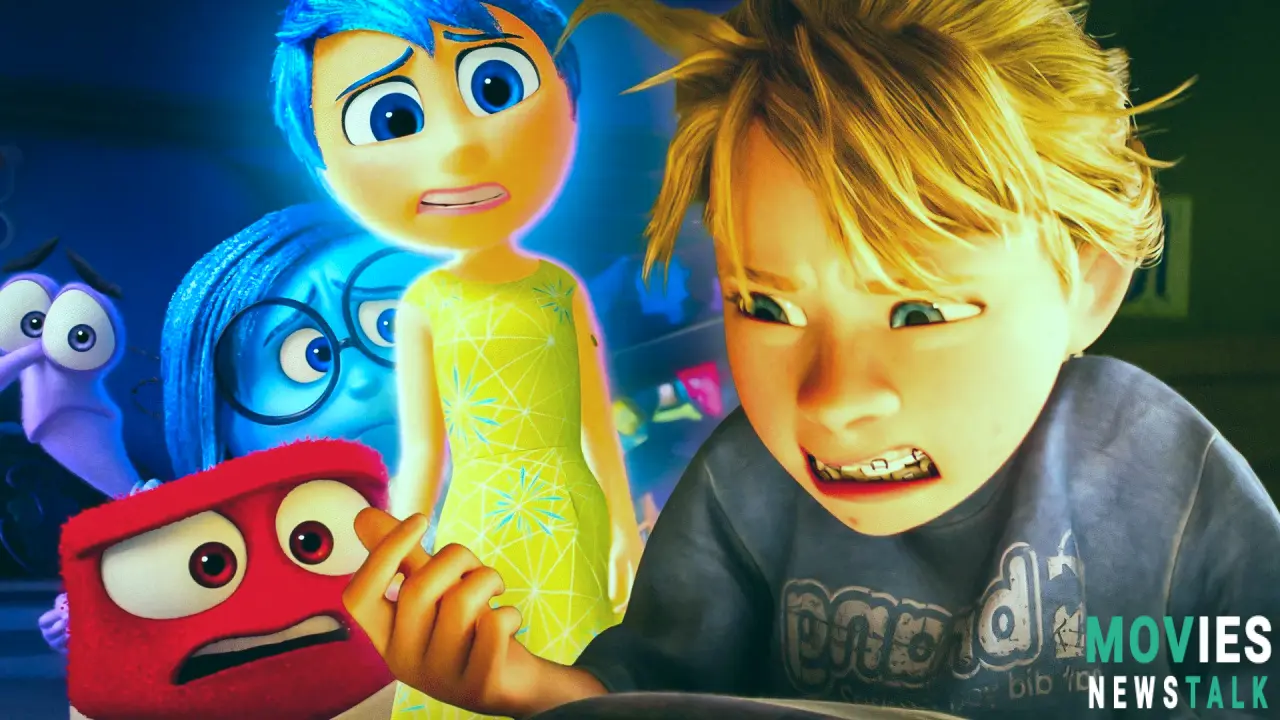Inside Out 2 Was A Much More Uncomfortable Watch Than The Original Movie
The original Inside Out movie was certainly powerful but was far more lighthearted than Inside Out 2. The sequel brought some of the more painful experiences of puberty to the screen. Riley was far more immature than the older girls at camp, and watching her attempt to fit in with them was downright painful. One of the most uncomfortable scenes to watch was when Riley mocked her favorite band to look cooler to the older teens, only to be called out by her friends. It was certainly relatable but also pretty cringey.
Then, there was Riley's anxiety attack at the end of Inside Out 2. It was a beautifully constructed scene and served as an impactful representation of what it feels like to experience this in real life. Pixar really succeeded in bringing on the waterworks with this scene, and there were surely many viewers who left the theaters feeling like they had just been through a hefty therapy session. This is tough to achieve with a children's movie, but Inside Out managed it perfectly. However, adding in even more uncomfortable moments would have ruined the experience.
Shame & Guilt Would Have Tipped Inside Out 2 Over The Edge
Shame and Guilt would have brought more important lessons to Inside Out 2. Shame, especially, can lead a person to bury their thoughts and experiences in a damaging way, leading only to more bad behavior in the future. Guilt adds to this, and a version of Inside Out 2 in which these emotions had been introduced would have surely resulted in more painful scenes for Riley that would have been even harder for audiences to watch.
As powerful as these scenes would have been, and regardless of the kinds of lessons teenage audiences could have taken away from it, Shame and Guilt would have made Inside Out 2 far too dark. The movie was already just a tad less fun than its predecessor, and adding in such painful emotions would have tipped the balance, resulting in a movie that lacked any joy to watch whatsoever. Overall, it seems that Pixar made the right decision here, proving it knows where to draw the line. Plus, Inside Out 2's "sense of self" mechanic got the job done anyway.
Inside Out 2 Didn't Need Shame & Guilt Thanks To The "Sense Of Self" Idea
While Shame and Guilt could have been personified as emotion characters in Inside Out 2, this wasn't wholly necessary. The movie introduced Riley's belief system, which was a tree-like crystal with roots that connect to all of her past memories. Her experiences helped her establish a sense of self, which, at the beginning of the movie, was "I am a good person." However, Joy had manipulated Riley's memories so that only positive experiences contributed to her sense of self, and this wound up being a problem.
Anxiety took things in the opposite direction, and in an effort to make Riley better, she only allowed painful memories meant to motivate the girl to serve her sense of self. This resulted in Riley's sense of self being expressed as "I'm not good enough." Of course, Shame and Guilt would have been expressed similarly, so even without specific characters, the impact of these emotions is still included in the movie. This way, the primary lessons of Inside Out 2 were maintained without making this children's movie too heavy to watch.

